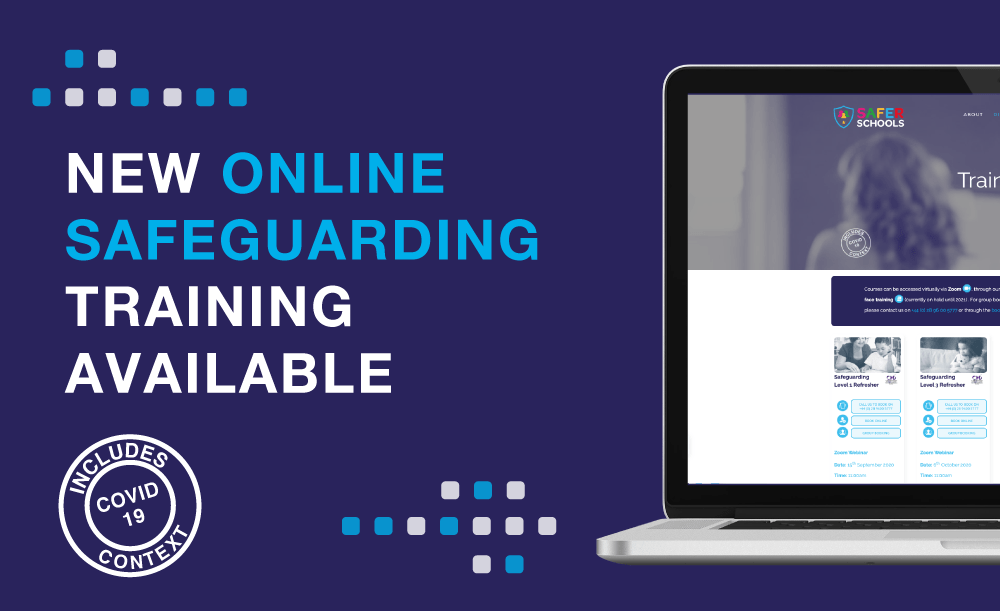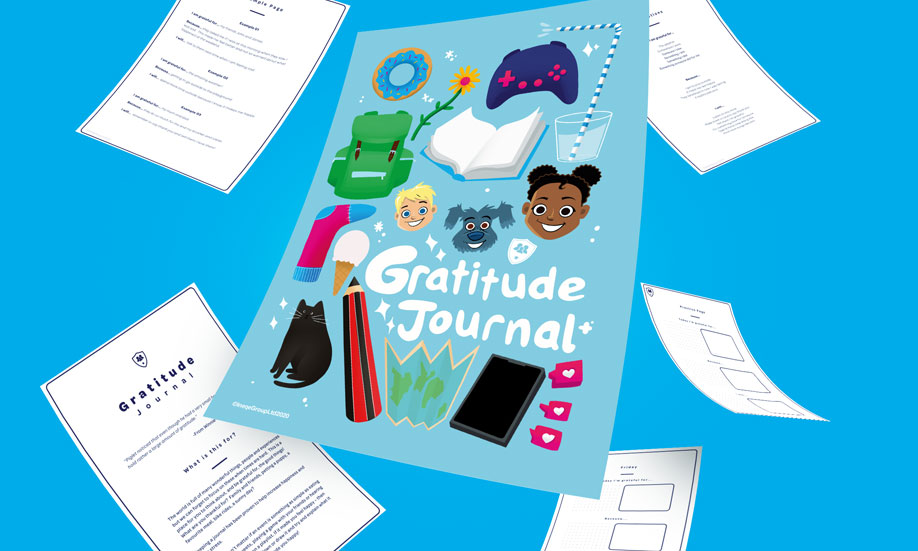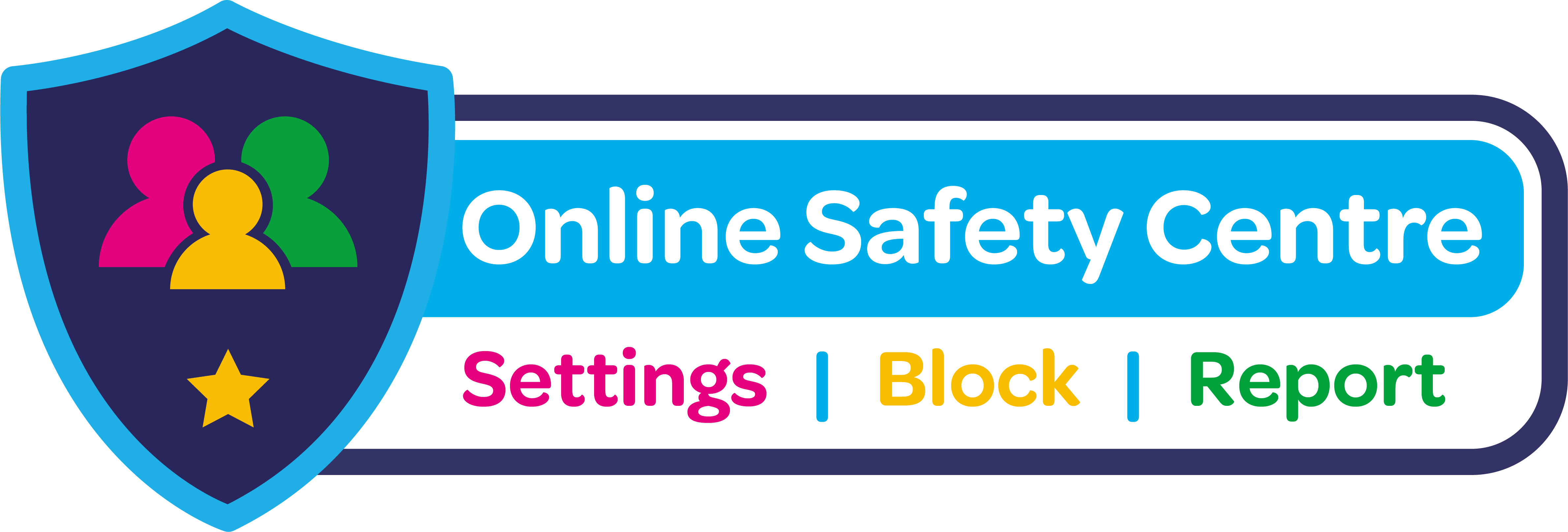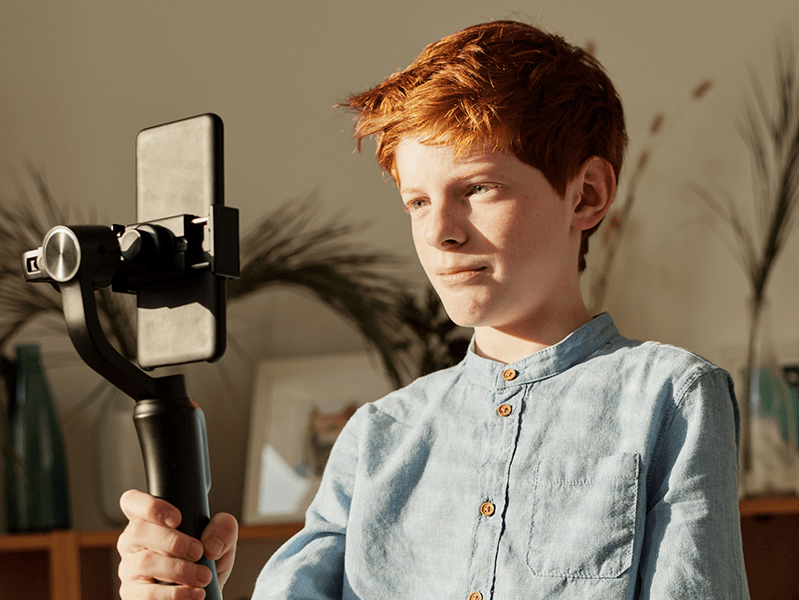This content is an excerpt from the “Mental Health Awareness’ course in your Safer Schools App. To learn more about the free training available to the Safer Schools community , including our newly released online training courses, such as COVID-19 ‘Wave Two’ Readiness, visit our Training page.
A student talking to you about their mental health can be one of the most difficult things they will do. They will often spend long periods of time thinking, rehearsing and practicing how to have the conversation. Receiving a disclosure from a student and making a referral is not always easy. Being mindful of behaviours, recognising any changes and having an honest conversation can be a powerful tool for intervention.
Here are 4 things to consider when having a conversation with a student in regard to their mental wellbeing:
1. Active Listening
Active listening is more than just ‘hearing’, it is listening with full concentration and demonstrating that you are listening.
Maintaining eye-contact, nodding your head, smiling, saying ‘yes’ or ‘mmm’ will show you are listening with no judgement. Providing verbal and non-verbal feedback will help the student feel more at ease and they are more likely to communicate openly. Be mindful not to interrupt or hurry them, if they struggle to talk it can help if you ask them to write it down.
2. Open Questions
Asking open questions allows for more than a ‘yes’ or ‘no’ answer and encourages a flow of conversation, this is important considering most young people will feel nervous.
You might suspect there may be more depth to an issue, and open questions will help you explore any potential risk. But you should be mindful not to ask leading questions. Examples of open questions are:
How are you? How are you getting on with school work?
You don’t seem yourself lately, what’s on your mind?
Can you help me understand how things are at home for you?
What do you enjoy about home, what don’t you enjoy?
How have you been coping with how you’re feeling?
I notice you’re not taking part in your usual hobbies at the moment, I’m wondering if there’s a reason for this?
3. Reassurance
Reassurance is given through active listening and asking open questions. You can give further reassurance by highlighting how you can help and how you, and others can support them. You could suggest any school support such as a head of year or school counsellor.
Encourage them to think about who they can talk to outside of school, a family member, close friend or a helpline.
It can be difficult for a young person to understand they may need support and to disclose this. Signposting alternative ways to communicate such as using email or another non-verbal means of self referral would give a younger person the opportunity to approach someone for help without immediately having to move to a verbal form of communication.
4. Confidentiality
It can be frustrating if you suspect there are things that a student feels unable to tell you for fear of repercussions, such as interventions or someone close to them getting into trouble (this might be real or imagined). It may help a child or young person to know what information can stay private, and what information you would need to pass on to help keep them safe.
If you suspect a student is struggling to open up, you can suggest that they talk to a helpline like Childline (who have a higher threshold for confidentiality). Helplines will work to empower the young person to disclose important information to a trusted adult. Providing them with this information is an additional step you can take to help protect students.
Top Tips
Getting started in a delicate conversation often makes both parties anxious, thinking through how to open the conversation will help you approach conversations with confidence. Depending on who initiated the conversation will determine how you open, generally starting with simple broad questions can help a young person ease in. Remember there is an inherent power imbalance and the young person may feel intimidated, scared, anxious or shy.
Have the conversation at a reasonable time where you don’t have to rush.
Avoid asking ‘why’ this often makes us feel defensive you can ask broad questions and gradually become more specific with the details.
Provide the child or young person with reassurance by explaining how you can help.
Don’t ask leading questions that prompt or encourage an answer you expect or want.
Remember that a young person may not be ready to talk, explaining that there will be other opportunities to talk may help them feel at ease.
Use affirmative statements to end the conversation, don’t offer false hope (this can make things worse and it can dismiss a young person’s feelings).
Suggested Phrases
During difficult conversations with young people you might be faced with lots of ‘I don’t know’, ‘yes’, ‘no’, or ‘maybe’ answers. This can feel frustrating, but keep in mind it may be difficult for the young person to be open. Some patience, reassurance and honesty might help gently guide a young person. You should avoid asking the same question hoping for a different answer- you can only assess risk and provide support based on what a young person tells you.
It’s nice to see you, I was hoping we could have a chat to make sure everything’s going OK for you.
Can you help me understand how things are for you at home?
Can you tell me more about X?
How long have you felt like this?
Sometimes it’s hard to talk about things that worry us, you’re doing really well. You’ve done the right thing by reaching out- how can I support you?
What you’re going through is difficult, but with the right support and some time things can change for you. I’m here to support you however I can.
Do you receive our Safeguarding Alerts?
Receive regular updates to help you safeguard children in a digital era.

Online Training:
Now Available
A brand new range of expertly designed courses bringing you up to date with the evolving trends, risks and threats to children in our changing world.

Free Printable:
Gratitude Journal
A free printable resource or young people (and young people at heart) to write down the things they’re grateful for, helping them develop a more positive mindset.






